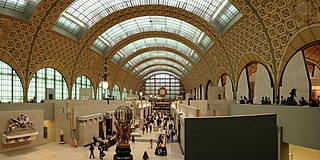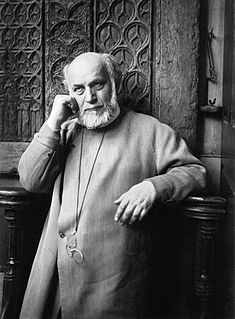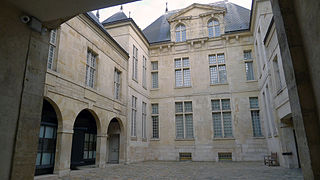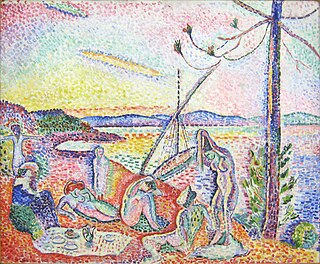
The Musée Bouchard was a studio museum dedicated to sculptor Henri Bouchard (1875-1960), and located at 25, rue de l'Yvette, Paris, France.

Henri Bouchard, was a French sculptor.

Paris is the capital and most populous city of France, with an area of 105 square kilometres and an official estimated population of 2,140,526 residents as of 1 January 2019. Since the 17th century, Paris has been one of Europe's major centres of finance, diplomacy, commerce, fashion, science, and the arts.

France, officially the French Republic, is a country whose territory consists of metropolitan France in Western Europe and several overseas regions and territories. The metropolitan area of France extends from the Mediterranean Sea to the English Channel and the North Sea, and from the Rhine to the Atlantic Ocean. It is bordered by Belgium, Luxembourg and Germany to the northeast, Switzerland and Italy to the east, and Andorra and Spain to the south. The overseas territories include French Guiana in South America and several islands in the Atlantic, Pacific and Indian oceans. The country's 18 integral regions span a combined area of 643,801 square kilometres (248,573 sq mi) and a total population of 67.3 million. France, a sovereign state, is a unitary semi-presidential republic with its capital in Paris, the country's largest city and main cultural and commercial centre. Other major urban areas include Lyon, Marseille, Toulouse, Bordeaux, Lille and Nice.
The museum was established in Bouchard's studio after his death in 1960, and open to the public from 1962 to 2007. Its collections, including a large figure of Apollo displayed at the Palais de Chaillot, plus over a thousand other works such as bronze casts, stone sculptures, and original plaster works, have subsequently been transferred to the Musée de La Piscine in Roubaix. According to the museum's web site, a reconstruction of the studio was scheduled to open in 2010.

Apollo is one of the most important and complex of the Olympian deities in classical Greek and Roman religion and Greek and Roman mythology. The national divinity of the Greeks, Apollo has been variously recognized as a god of music, truth and prophecy, healing, the sun and light, plague, poetry, and more. Apollo is the son of Zeus and Leto, and has a twin sister, the chaste huntress Artemis. Seen as the most beautiful god and the ideal of the kouros, Apollo is considered to be the most Greek of all gods. Apollo is known in Greek-influenced Etruscan mythology as Apulu.

The Palais de Chaillot is a building at the top of the Chaillot hill in the Trocadéro area in the 16th arrondissement of Paris, France.

Roubaix is a city in northern France, located in the Lille metropolitan area. It is a historically mono-industrial commune in the Nord department, which grew rapidly in the 19th century from its textile industries, with most of the same characteristic features as those of English and American boom towns. This former new town has faced many challenges linked to deindustrialisation such as urban decay, with their related economic and social implications, since its major industries fell into decline by the middle of the 1970s. Located to the northeast of Lille, adjacent to Tourcoing, Roubaix is the chef-lieu of two cantons and the third largest city in the French region of Hauts-de-France ranked by population with nearly 96,000 inhabitants.














